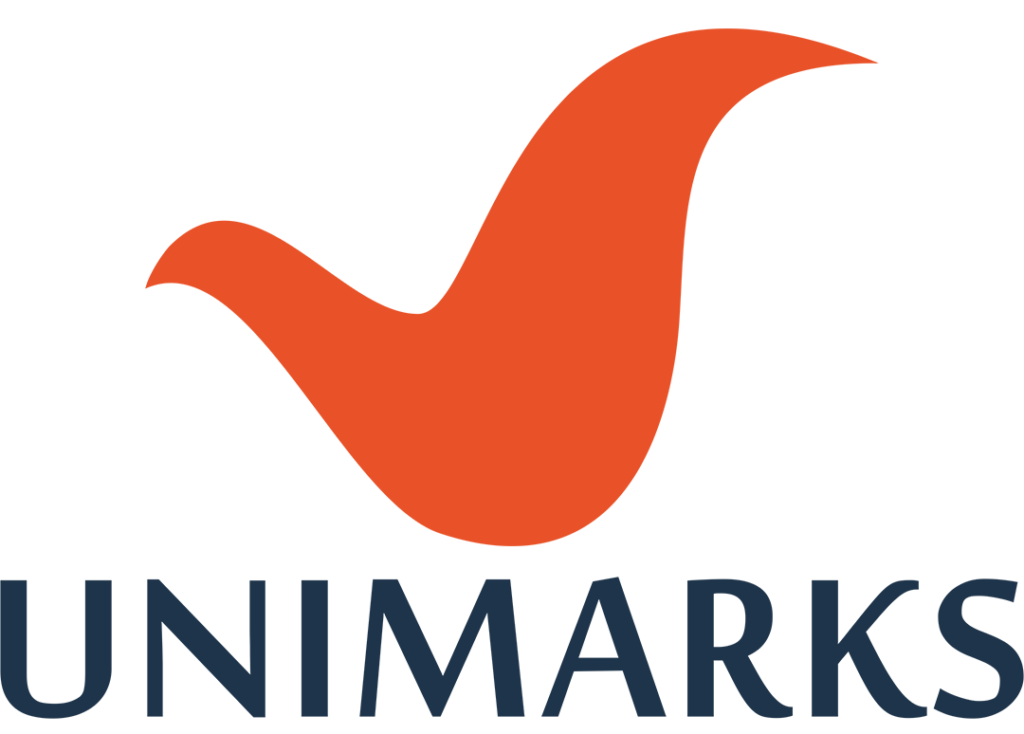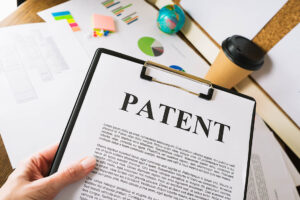Whether Patent for software or computer program is possible or not is the common question in the minds of the developers or the owners. So, let’s get into what Indian Patent Act says about it when it comes to the application of patents for computer programs and software. As we know, the software or computer program is a set of instructions by an external stimulation to regulate the interaction between the component or peripherals of a device or hardware. Software developed to do more than merely displaying a graphic or text or any other form of information. Before deciding on filing software patent in India, one must understand the Intellectual Property rights of software at a much broader perspective.
Traditionally software can be filed and protected under Copyright Registration wherein the protection was given as a literary work to the source code, the object code, in other words, to the look and feel of the software. However, the protection of copyright for software is considered to be weak as it protects only from unauthorized copying of the expression of the idea but not of the principle behind it.
Patent for computer programs or software – Criteria
There few essential criteria for a software to be patented,
- New Invention: Only a New or Novel invention can be patented, so your software must be fresh invention and must be unique from any other software available in the market.
- Inventive Steps: To make software patentable the inventor has to establish that the computer program is made out of inventive steps and is Non-Obvious.
- Industrial Applicability: The patent is generally applied to serve for commercial usage of the invention. The patent specification must be drafted carefully to disclose a practical application and industrial use for the claimed invention.
- Economic Benefit: The general condition for patentability is the commercial benefits out of the invention. The claims of the invention must indicate effective value.
Exclusion of software from Indian Patent Act
The Indian Patent Act explicitly excludes any ‘mathematical or business or a computer program per se’ or ‘algorithms’ from patentability. Section 2(i)(j) Patent Act defines the word ‘invention’ as ‘a new product or process involving an inventive step and capable of industrial application’.
In India, the software can be patented only if the software is linked to some hardware. Potential industrial applicability is the inherent requirement for the grant of the patents. The Patent Act laid down a blanket ban on the patentability of stand-alone computer software. The inventions which are not patentable summarized under Section 3 of the Act. It says
“business method or a computer program per se” are ‘not inventions’. The notification issued by the Indian Patent Office on 19th February, 2016, explains that any computer program per se cannot be applied or granted with patent. It further guides the Indian Patent Office to deny the application if the claim of software patent lies only in business method, mathematical method or mere algorithm. So, the key element to file software patent in India is the “technical application to industry” and “combination with hardware”.
Stepwise procedure to get your patent granted for your software with Technical application and combination with hardware.
Patentability search: The first step is always to do a patentability search and determine 2 things; if your invention is patentable and falls on the grounds of the patent law for softwares, if your invention is not pre-existing in the market or is already patented. The patent search generally gives you a clear idea of whether your software is new and has not been published prior to filing with the patent office.
Specification drafting: Write down the description of your invention in maximum detail, give clarity to the examiner on what purpose it serves, and also specify what it is unique in your software. Drawings are generally helpful but when it comes to software screenshots of the invention could also be attached.
File the patent: In India, you can file the patent for your software in both provisional specification or in the complete specification. In any case, the complete filing must be completed within 12 months.
Examination of your patent: Your software will first be examined and then published by the patent office. In case of no objection from the examiner or if there is no third-party opposition, the patent will be granted.
In general, the protection of computer software in India is under the copyright laws, itself. It is further concluded that such a program can also be protected under the patent laws; provided that, it is not merely an algorithm-based software but is an invention in the field of software functionality. Currently, there is no proper legislation to define the scope of protection of software as a trade secret, trade secret seems like a limited and restricted option to protect the Intellectual Property Rights vested in the computer programs.







